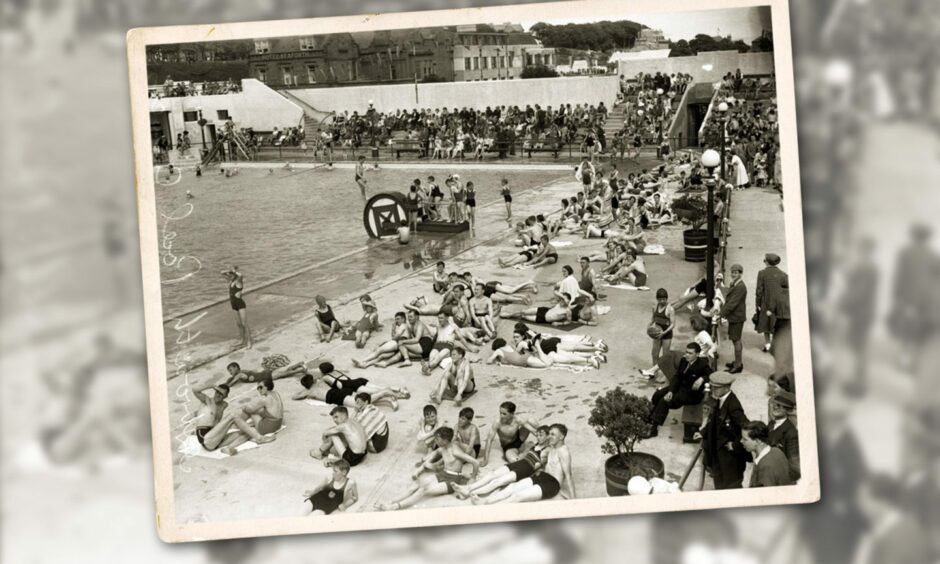
Arbroath’s long-lost outdoor swimming pool was the largest of its kind in Scotland and the backdrop to fun, laughter and even romance.
It was initially popular, but fell into decline and disrepair.
The crumbling remains of the windswept lido were pulled down in 1993.
All is not lost, however.
We have opened our archives to look back at the outdoor bathing pool at Arbroath, which was built by unemployed people and the largest of its kind in Scotland.
The 1930s was a golden age for outdoor swimming pools in Scotland, especially at seaside locations including Dunbar, Tarlair, Prestwick, Portobello and Stonehaven.
People would travel to the quiet coastal towns to escape the hustle of busy cities.
The pool was built by the unemployed on a site that used to form part of the garden ground of Seaforth House between the public tennis courts and the sea.
Arbroath Town Council fixed the hours for bathing from 7.30am-9pm during May, June, July and August on Monday to Saturday; and 7.30am-6pm on Sunday.
Season tickets, monthly tickets and weekly tickets were available for adults, juveniles and non-bathers while single daily admission ranged from sixpence to threepence.
The ticket office used to close 45 minutes before the shutters came down.
There were 800 lockers, 150 baskets and 123 cubicles.
It was capable of accommodating 1,200 bathers and more than 4,000 spectators.
Competition between coastal towns was high and the pool was advertised as “the finest filtered sea-water bathing pool in Scotland and was equipped to please all its patrons”.
Diving boards and chutes were popular at Arbroath outdoor pool
The Courier said the £22,000 lido was another important step in the effort being made to have the seaside town rank as one of the leading holiday resorts on the east coast.
“It is 300 feet long, 90 feet wide at the ends, and 110 feet at the centre.
“There is a special part on the seaward side, 50 feet by 30 feet, for high diving.
“The floor of the pool graduates from 9 inches to 2 feet 9 inches for children — this section is marked off with a cork rope; from 2 feet 9 inches to 4 feet 6 inches for non-swimmers; also marked off with rope and buoys; and from 4 feet 6 inches to 7 feet for experienced swimmers.
“The diving section is 15 feet deep.”
The high dive platform was 32 feet 6 inches.
There were several intermediate platforms as well as springboards – with a special feature of the lido being described as underwater lighting in the diving pool.
Two chutes — one for adults and one for children — were popular.
The pool was notoriously chilly and could hold 1.25 million gallons of water, which was pumped directly from the North Sea and kept in constant circulation.
A complete change of water took place every 12 hours.
There was also a platform for “dancing, gymnastic and mannequin displays”, alongside sunbathing, while loudspeakers around the two-acre site provided a musical soundtrack.
A crowd of 5,200 at the opening of Arbroath outdoor pool
The pool opened on July 7 1934 – in a thunderstorm!
The Courier reported: “An animated sight met the eye as one looked down from the main gallery at the opening ceremony on Saturday.
“Every seat in the terrace was occupied and flat roofs and other vantage points were also filled to capacity.
“The crowd numbered 5,200.
“A weather phenomenon marked the opening in the afternoon.
“At one moment the crowd basked in the sun.
“The next there was an awesome change in the conditions.
“The sky became overcast, a gusty wind whistled in from the east.
“While the speech making was taking place there were ominous rumblings of thunder but the rain held off until the programme of swimming and other events was well advanced.
“When the rain did fall there was a mad rush for shelter and the main entrance and ante-rooms were filled.”
The pool appears to me to be a notable example of the very best type of municipal activity.”
Provost Sir William Chapel
Provost Sir William Chapel, wearing his chain of office, presided alongside the Earl of Strathmore, who formally declared it open to cheers from the gallery.
He said: “The pool appears to me to be a notable example of the very best type of municipal activity.
“You will, I dare say, have noticed, the Courier and Advertiser leaderette of yesterday, in which it was stated that Arbroath was coming well into the limelight.
“It also said that you had provided a rival to the great monster of Loch Ness.
“Now I thoroughly agree with the first part, but I am not so sure about the monster!”
He said Arbroath was giving a great lead to the rest of Scotland in the inauguration of this magnificent bathing pool, which was measured to Olympic standard.
Owing to the afternoon’s rain, a polo match and a presentation of prizes were deferred until evening, where the crowd numbered 3,000 and the takings for the day were £375.
On Sunday 4,350 people went through the turnstiles and for many years it was the town’s leading tourist attraction, becoming a focus for holidaymakers of all ages.
Slow decline and closure in 1981
Swimming galas drew large crowds, as did bathing beauty competitions, and, by the 1960s, 4,000 people were queuing up for the chance to be crowned Miss Arbroath.
During the 1970s the growing national trend towards cheap foreign holidays led to the slow decline of Arbroath and other British seaside towns as holiday destinations.
The pool closed in 1973 for alterations but the days when holidaymakers in bathing suits and swimming caps would jostle for space were becoming a distant memory.
Angus District Council eventually voted to close the pool in 1981.
The leisure and recreation committee heard how income from the pool in 1980 was only £3,500, while to open it for the summer of 1981 would have cost £32,700.
Councillor Alex Buchan from Brechin said: “This is a sad day.
“I can remember the pool’s glory days when people came from all over to it.”
Councillor Robert Forrester from Forfar said: “If we cannot make savings in this way, redundancies will fall.
“If we insist on subsidising such a white elephant then jobs will suffer.”
The end was nigh.
Ian Stirling bought part of the outdoor bathing pool and converted it into Smokeys Nightclub, which opened in 1982 and eventually became Bally’s Nightlife in 1988.
The façade was eventually demolished in 1993 and is now home to Chalmers Filmhouse, following further name changes from Club Metro and the Waterfront Nightclub.
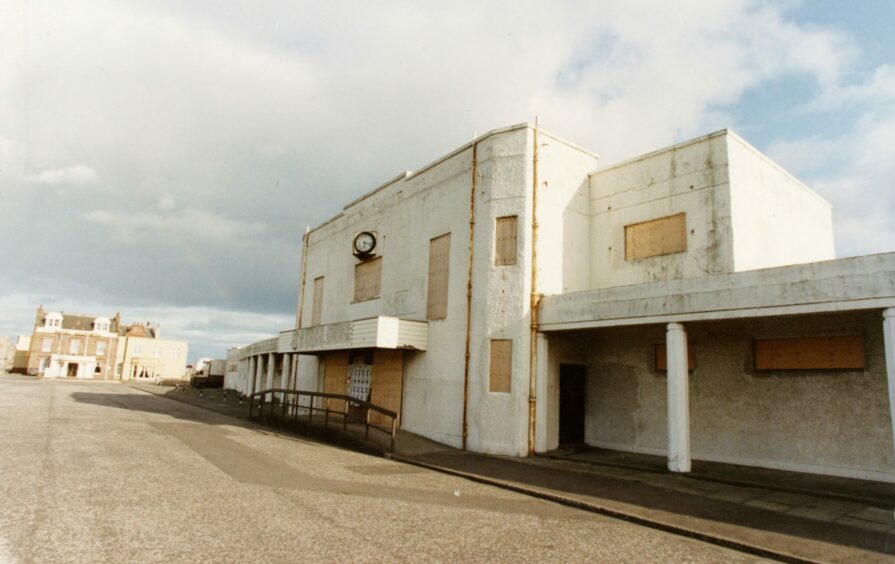
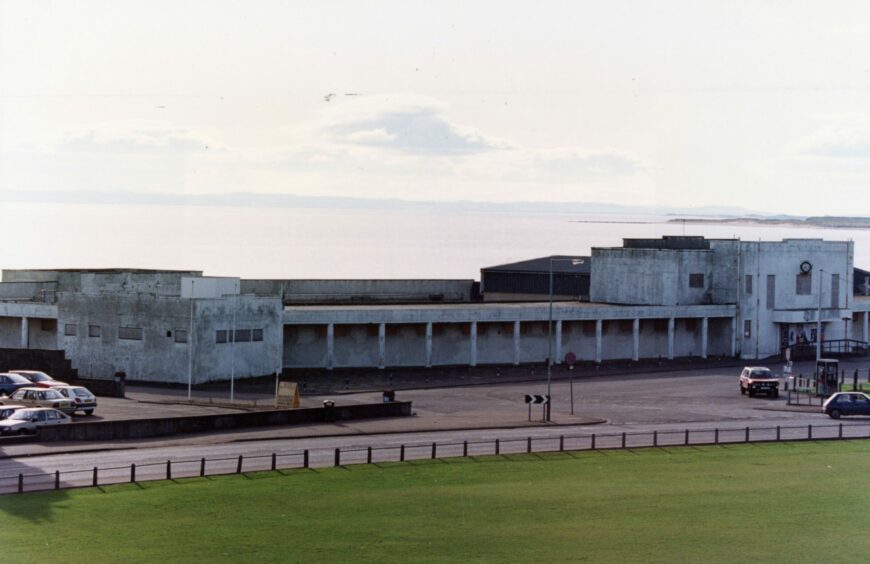
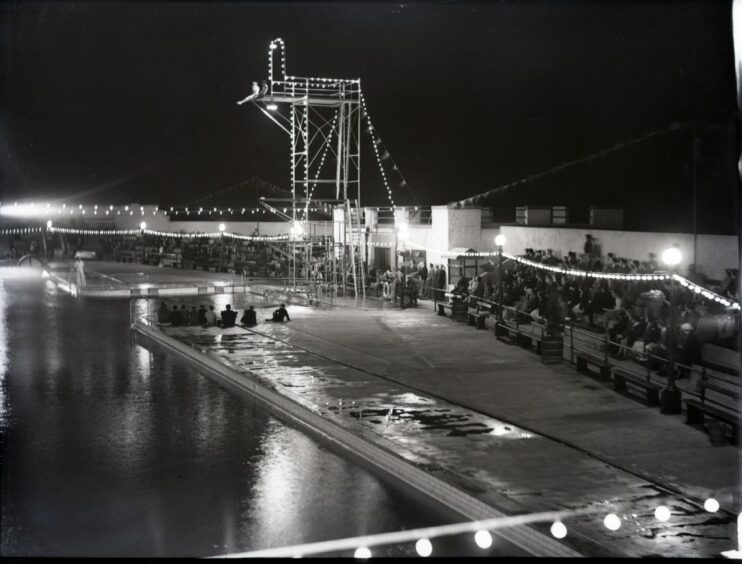
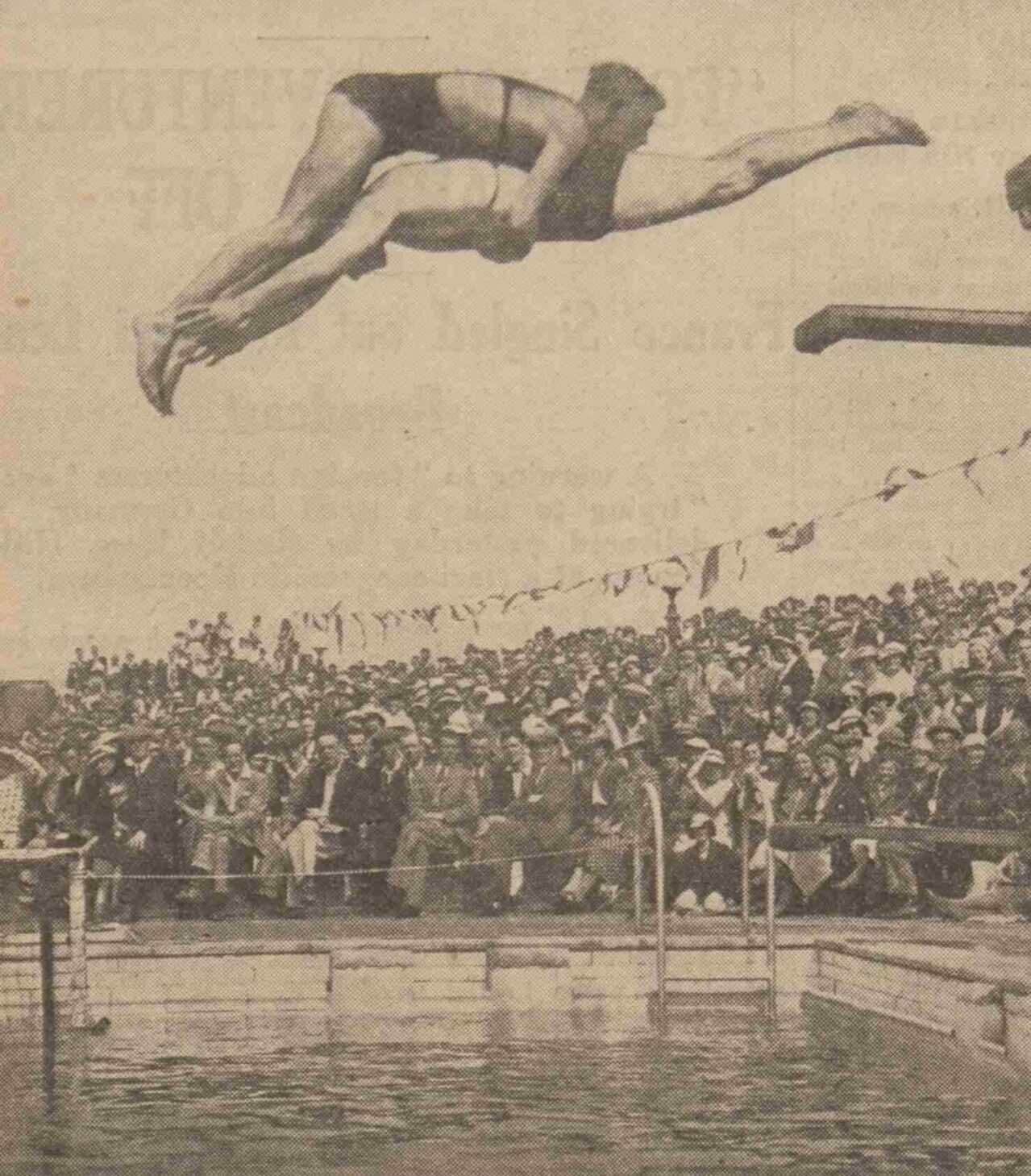
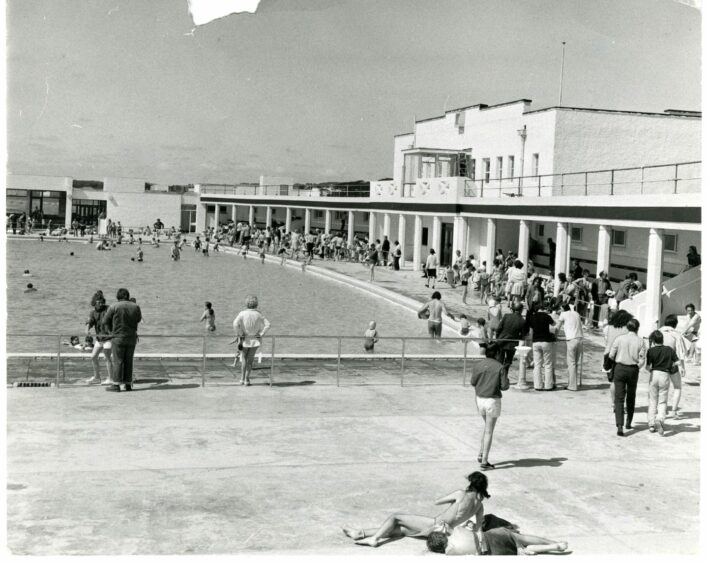
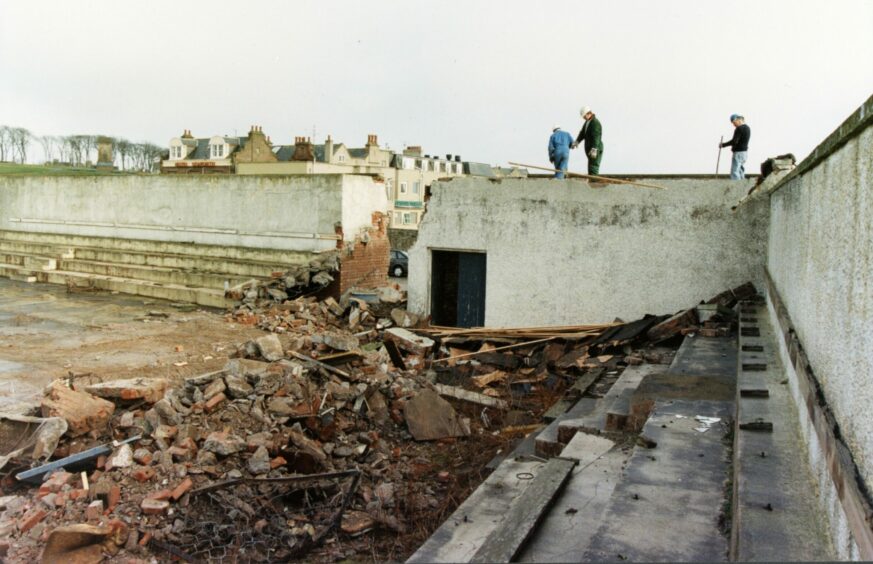
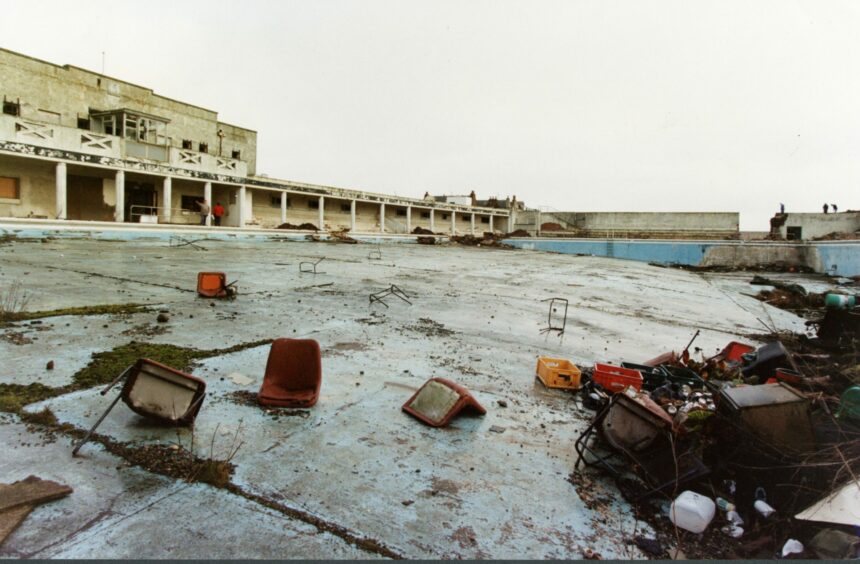
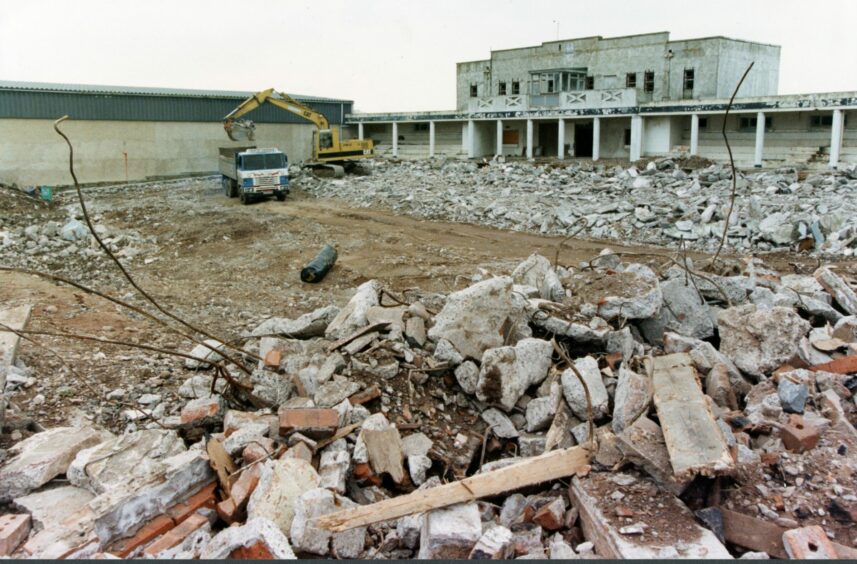







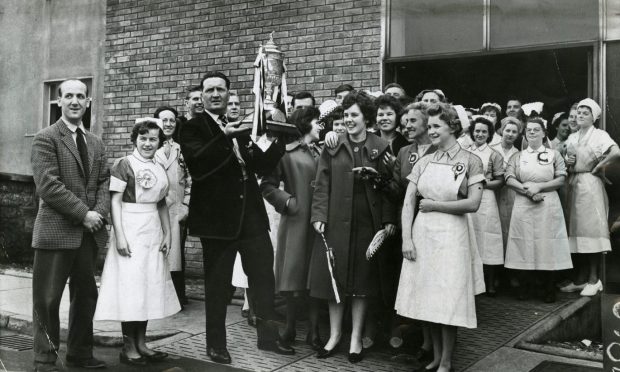
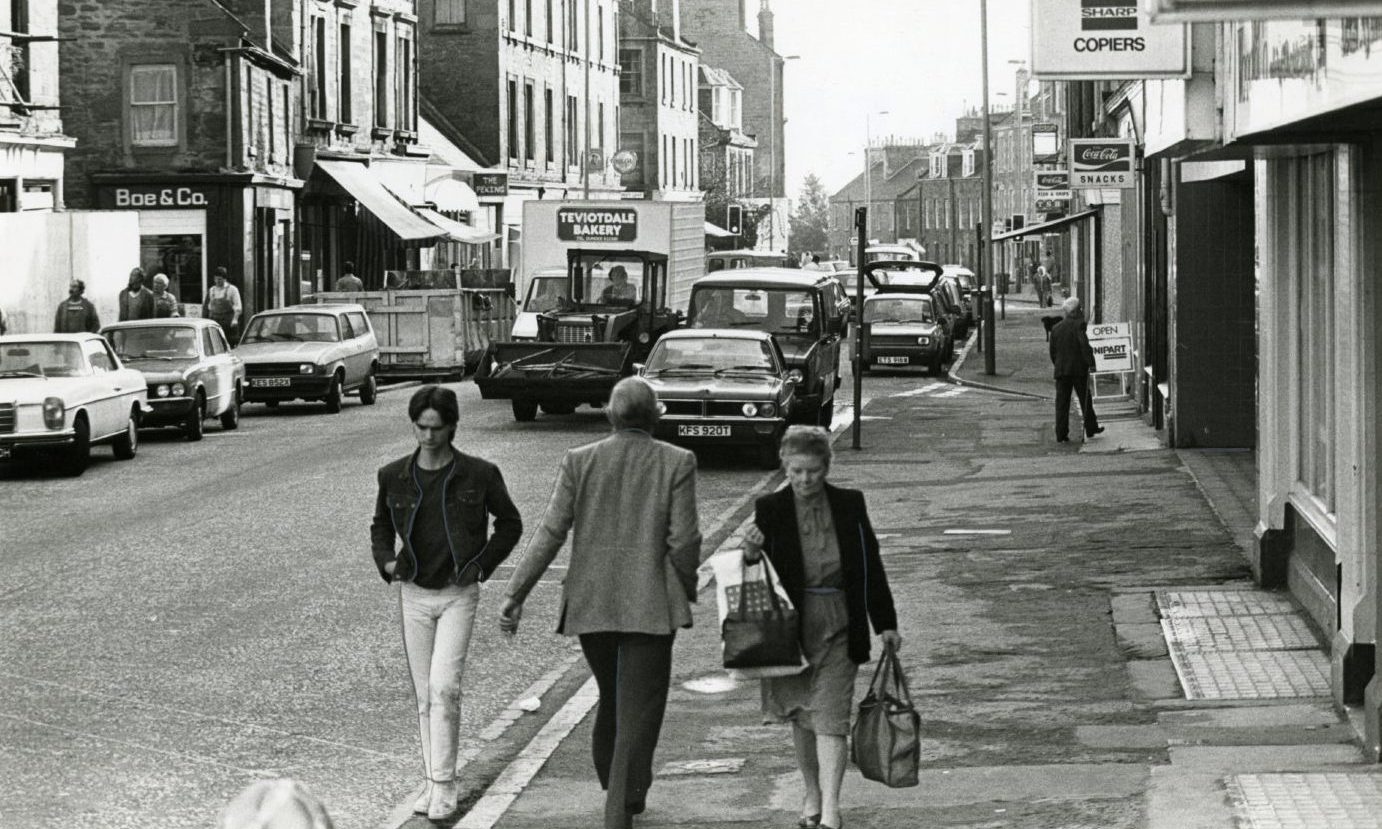

Conversation